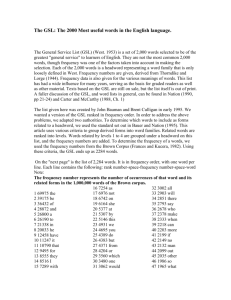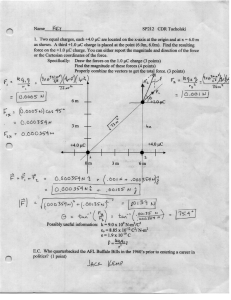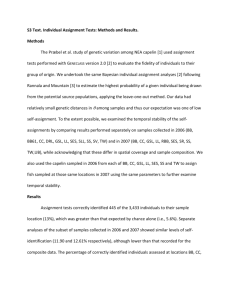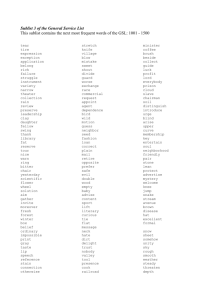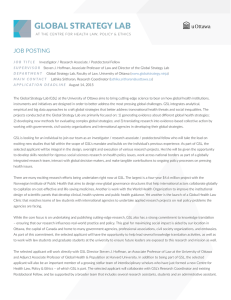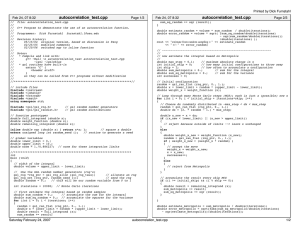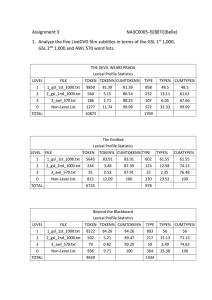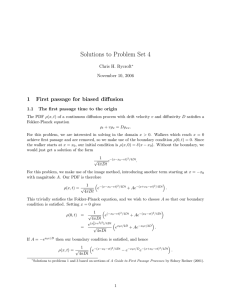Emma Murter: Nursing
advertisement
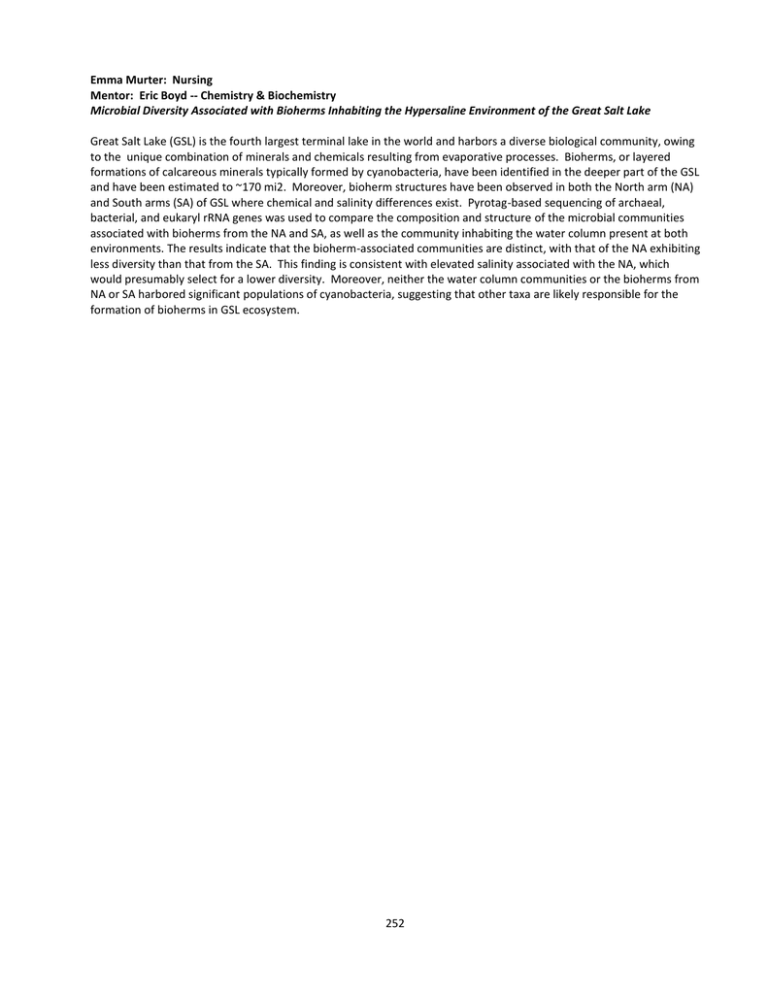
Emma Murter: Nursing Mentor: Eric Boyd -- Chemistry & Biochemistry Microbial Diversity Associated with Bioherms Inhabiting the Hypersaline Environment of the Great Salt Lake Great Salt Lake (GSL) is the fourth largest terminal lake in the world and harbors a diverse biological community, owing to the unique combination of minerals and chemicals resulting from evaporative processes. Bioherms, or layered formations of calcareous minerals typically formed by cyanobacteria, have been identified in the deeper part of the GSL and have been estimated to ~170 mi2. Moreover, bioherm structures have been observed in both the North arm (NA) and South arms (SA) of GSL where chemical and salinity differences exist. Pyrotag-based sequencing of archaeal, bacterial, and eukaryl rRNA genes was used to compare the composition and structure of the microbial communities associated with bioherms from the NA and SA, as well as the community inhabiting the water column present at both environments. The results indicate that the bioherm-associated communities are distinct, with that of the NA exhibiting less diversity than that from the SA. This finding is consistent with elevated salinity associated with the NA, which would presumably select for a lower diversity. Moreover, neither the water column communities or the bioherms from NA or SA harbored significant populations of cyanobacteria, suggesting that other taxa are likely responsible for the formation of bioherms in GSL ecosystem. 252

